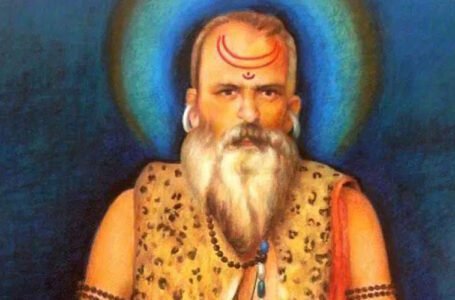“The Lost City of Olous: Unearthing the Secrets of an Ancient Minoan Trade Hub”.
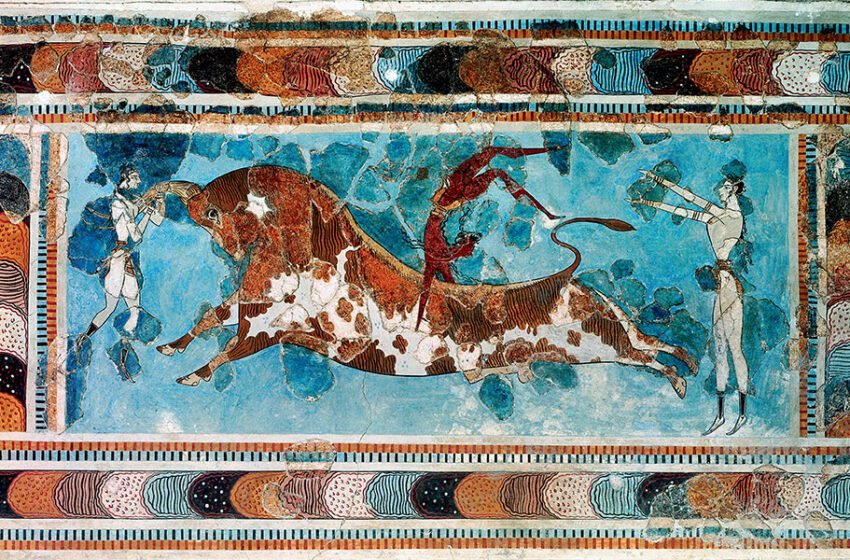
What do we know about Olous?
Olous was an ancient city located on the island of Crete in Greece. It was one of the major Minoan settlements on the island and was believed to have been established around 2000 BCE. The city was located on the northeastern coast of Crete and was known for its strategic location, as it was situated on a natural harbour. Olous was also known for its impressive fortifications and impressive palace complex, which was believed to have been used as a royal palace. The city was also an important centre of trade and commerce, and it was believed to have been a hub for the production and export of ceramics and other goods. Olous was eventually abandoned around 1400 BCE, likely due to a combination of earthquakes and invasions. Today, the ruins of Olous can still be seen, and they offer a glimpse into the rich history of ancient Crete.
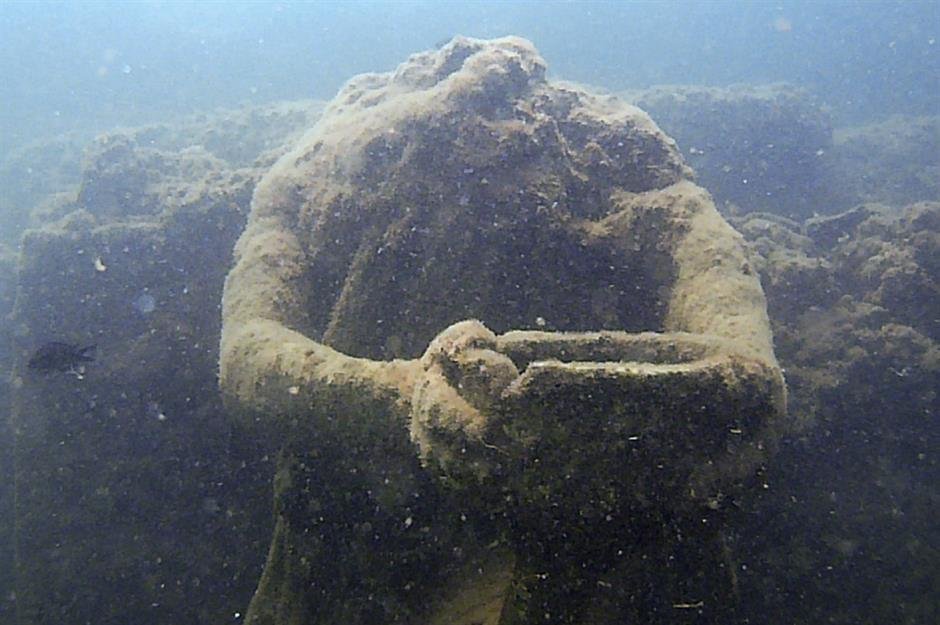
The History of Olous:
Olous was an ancient city located on the northeastern coast of Crete, Greece. It is believed to have been established around 2000 BCE, during the Minoan period. The Minoan civilization, which flourished on the island of Crete from around 2600 BCE to 1400 BCE, was known for its impressive palaces, fortifications, and sophisticated culture.
During the peak of its power, Olous was a major city and a hub for trade and commerce. It was known for its impressive palace complex, which was believed to have been used as a royal palace. The city was also protected by a formidable fortification system, which helped to keep out invaders.
The city was also a centre for the production and export of ceramics and other goods. The Minoans, who were known for their advanced pottery techniques, produced a wide variety of ceramics, including beautiful and intricate vases, bowls, and other decorative items.
Unfortunately, Olous was eventually abandoned around 1400 BCE, likely due to a combination of earthquakes and invasions. Despite this, the ruins of Olous can still be seen today, and they offer a glimpse into the rich history of ancient Crete.

Some historians and archaeologists believe that Olous was the city of Elounda in the ancient world. Elounda was a major centre of trade and commerce in the ancient world and was known for its impressive palace complex and fortifications. The city was also an important centre of culture and learning, and it was home to many prominent philosophers, scientists, and artists.
Overall, Olous was an important city of the Minoan civilization and played a significant role in the history and development of ancient Crete. The city’s impressive palace complex and fortifications, as well as its role as a centre of trade and commerce, helped to make it one of the most powerful and influential cities of its time.
The significance of Olous:
Olous was a significant city in the history of ancient Crete for several reasons:
Firstly, it was an important centre of trade and commerce. Its strategic location on the northeastern coast of Crete and its natural harbour made it an ideal spot for trade and commerce. The city was a hub for producing and exporting ceramics and other goods, which helped to make it a powerful and prosperous city.
Secondly, Olous was known for its impressive palace complex and fortifications. The palace complex was believed to have been used as a royal palace and was likely the centre of political power and administration in the city. The fortifications, which were built to protect the city from invaders, also demonstrate the city’s importance and wealth.

Thirdly, Olous played a significant role in the Minoan civilization, which was known for its advanced culture and sophisticated society. The city was a centre of culture and learning, and it was home to many prominent philosophers, scientists, and artists.
Lastly, Olous was an essential city in the history of ancient Greece, and it played a role in the development of early Western civilization. The city’s impressive palace complex and fortifications and its role as a centre of trade and commerce helped to make it one of the most powerful and influential cities of its time.
The ruins of Olous offer a glimpse into the rich history and culture of ancient Crete, and they continue to be a source of fascination for historians, archaeologists, and tourists alike.
What life was like in Olous?
Life in Olous, an ancient city on the island of Crete, was likely characterised by a mix of prosperity and complexity. The city was a hub of trade and commerce and was known for its impressive palace complex and fortifications. This suggests that the people of Olous were likely prosperous and had access to a wide variety of goods and resources.
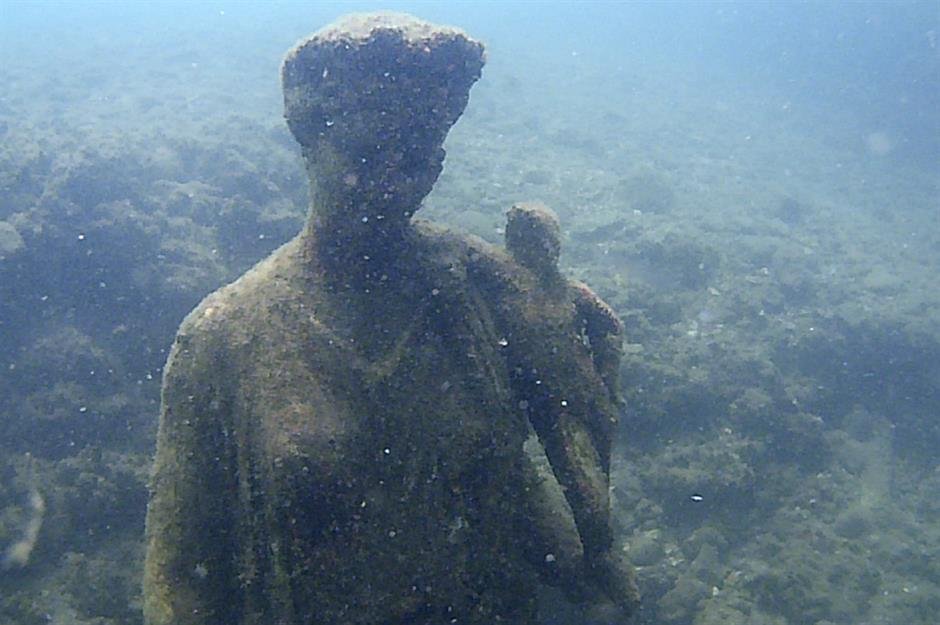
The Minoan civilization, of which Olous was a part, was known for its advanced culture and sophisticated society. The people of Olous likely had access to education and were exposed to a wide variety of arts and sciences. They were also likely involved in various forms of trade and commerce, such as the production and export of ceramics and other goods.
The palace complex, believed to have been used as a royal palace, was likely the centre of political power and administration in the city. The fortifications, built to protect the city from invaders, also demonstrate the city’s importance and wealth.
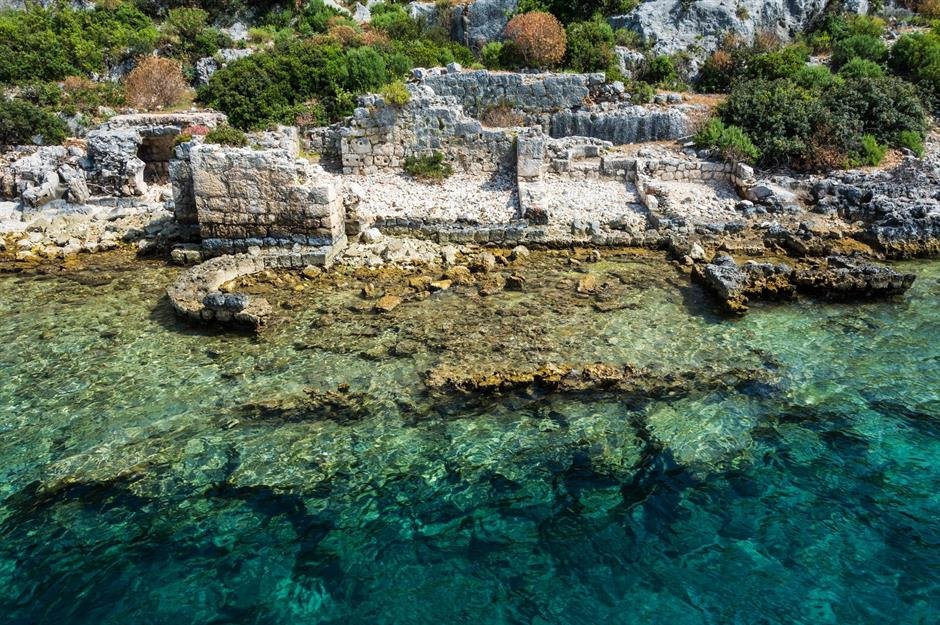
However, life in Olous was not without its challenges. The city was vulnerable to earthquakes and invasions, which could have caused disruptions and disruptions to the lives of its inhabitants. Despite this, the city’s location, resources and its strategic importance helped it to flourish for centuries.
Overall, life in Olous was likely a mix of prosperity and complexity, with the people of the city enjoying access to a wide variety of goods and resources, while also facing the challenges of living in a strategic and important city. The ruins of Olous offer a glimpse into the daily lives of the people of ancient Crete, and they continue to be a source of fascination for historians, archaeologists, and tourists alike.
The city’s inhabitants of Olous:
The inhabitants of Olous, an ancient city on the island of Crete, were likely part of the Minoan civilization. The Minoans were known for their advanced culture and sophisticated society, and the people of Olous likely shared similar characteristics.
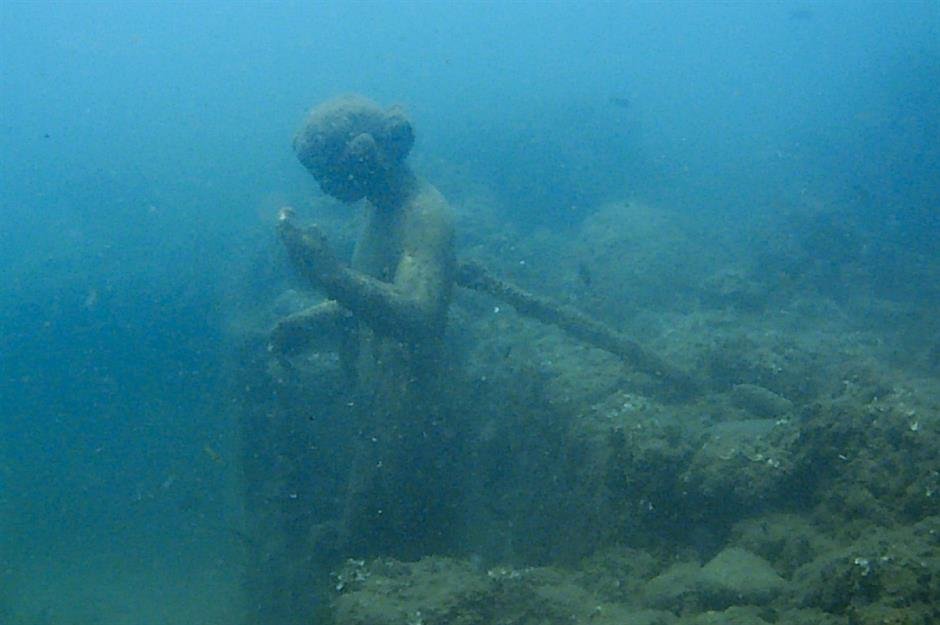
The Minoan civilization was a peaceful one, and the people of Olous likely lived in a relatively stable and organized society. They were likely involved in various forms of trade and commerce, such as producing and exporting ceramics and other goods. They were also likely exposed to a wide variety of arts and sciences, as the Minoan civilization was known for its achievements in these areas.
The palace complex, believed to have been used as a royal palace, was likely the center of political power and administration in the city. The fortifications, built to protect the city from invaders, also demonstrate the city’s importance and wealth. This suggest that the city had a powerful and influential ruling class.
The Minoan civilization was also known for its religious practices and beliefs. The people of Olous likely had their own gods and goddesses, and they likely had a complex system of religious rituals and ceremonies. They were likely buried in elaborate tombs, and some of the artifacts found in these tombs, such as ceramics, suggest that they were well off.
Overall, the inhabitants of Olous were likely part of the Minoan civilization, which was known for its advanced culture and sophisticated society. They lived in a relatively stable and organized society, and they likely enjoyed access to a wide variety of goods and resources. The ruins of Olous offer a glimpse into the daily lives of the people of ancient Crete, and they continue to be a source of fascination for historians, archaeologists, and tourists alike.

The city’s demise:
The exact reasons for the demise of Olous, an ancient city on the island of Crete, are not entirely clear, but it is believed to have been caused by a combination of factors.
One of the main factors was likely earthquakes. The island of Crete is located in a seismically active area, and frequent earthquakes would have caused significant damage to the city’s buildings and infrastructure. The palace complex, believed to have been used as a royal palace, was likely the centre of political power and administration in the city, and the damage caused by earthquakes would have made it difficult to maintain the city’s power and prosperity.
Another factor that likely contributed to the city’s demise was invasions. Olous was a powerful and prosperous city, and it would have been a valuable target for invaders. The city’s fortifications, built to protect the city from invaders, could have only been held for so long. The invasions would have caused significant damage to the city and its inhabitants, making it difficult for the city to recover.
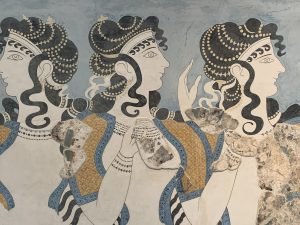
Another possible cause could be related to the eruption of Thera volcano which created a massive tsunami that devastated the Minoan settlements on the island of crete. This could have had a devastating impact on Olous, destroying homes, buildings and infrastructure and making it difficult for the city to recover.
The city’s rediscovery:
The city of Olous, an ancient city on the island of Crete, was rediscovered in the early 20th century by archaeologists and historians. The first major excavations of the city were carried out by the British archaeologist Sir Arthur Evans in the early 1900s. Evans was the first to identify the Minoan civilization and was instrumental in uncovering the ruins of Olous and other Minoan cities on Crete.
During the excavations, Evans and his team uncovered a wide variety of artifacts and ruins, including the impressive palace complex and fortifications. The palace complex was believed to have been used as a royal palace and was found to be richly decorated with frescoes, mosaics, and other decorative elements. The fortifications were also found to be extensive and well-preserved, demonstrating the city’s importance and wealth.
The excavations also revealed a wide variety of ceramics, jewellery, and other artifacts, providing valuable insights into the daily lives of the people of Olous. The city’s location, resources, and strategic importance helped it to flourish for centuries, but eventually, these factors contributed to its downfall.
Since then, many other excavations have been carried out in Olous and other Minoan cities, and the ruins of Olous continue to be a source of fascination for historians, archaeologists, and tourists alike. The city’s impressive palace complex and fortifications, as well as its role as a ccenter of trade and commerce, help to make it one of the most powerful and influential cities of its time, and its rediscovery has helped to shed light on the rich history and culture of ancient Crete.


